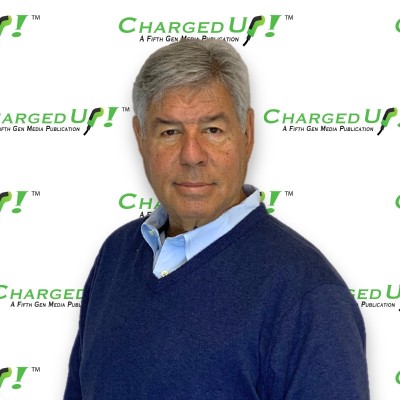NEVI Corridors Are Back on Track—How Highway-Adjacent CRE Can Win the Next Wave of EV Charging
- Rich Berliner

- Oct 21
- 3 min read
After months of stop and start uncertainty, states are moving again on the federal National Electric Vehicle Infrastructure (NEVI) program—and corridor sites are back in play. Connecticut is the latest proof point: with its updated plan approved, the state is pushing grants and construction to knit together fast-charging along I-95, I-84, I-91, I-395 and Route 7. For owners of service plazas, truck stops, and highway-visible retail, that’s a green light to monetize land, future-proof assets, and tap cost-shared funding with experienced charge Point operators (CPOs).
What NEVI Actually Pays For—and Why It Favors Your Frontage
NEVI, created under the Bipartisan Infrastructure Law, sends $5B over five years to states to build a national fast-charging backbone. The money flows as state-run, public-private grants: up to 80% federal share for eligible costs, with private or state match making up the rest. That model crowds in private capital while de-risking early sites—exactly the dynamic CRE owners want when trenching, power upgrades, and multi-stall hardware are on the table.
Locations matter. Historically, NEVI prioritized Alternative Fuel Corridors with sites within one mile of the highway and about 50 miles apart—a spacing still used by many states as a planning benchmark even as the latest federal guidance offers more flexibility. If you control parcels near interchanges, food and restrooms, your dirt just got more valuable.
Reliability is the other pillar. The federal rule requires 97% uptime per port, plus consistent power and open data so drivers can find prices and availability across apps. Practically, that pushes projects toward seasoned operators, portfolio-grade maintenance, and clear service-level agreements—good news for landlords who don’t want chargers becoming a customer-service headache.
Why Corridor Momentum Matters To CRE Now
First, demand will follow the map. As states like Connecticut award sites, drivers and fleets route to those hubs. Properties that host NEVI-spec DC fast charging see predictable 20–40 minute dwell, which converts to food, beverage, and convenience sales—especially when pricing is clear and the walk to amenities is short.
Second, capex is time-boxed. Interconnection queues and equipment lead times favor owners who start design and utility scoping early and enter solicitations with power-ready sites.
Third, ESG and leasing. Visible charging supports sustainability commitments and can differentiate plazas and highway-adjacent centers competing for QSR or coffee anchors.
The Playbook: How To Position Your Parcel
Map eligibility, then pre-permit. Overlay your sites against state corridor maps and one-mile buffers. Where a site pencils, order load letters and initiate utility design now; a “power-ready” parcel wins tie-breakers in competitive rounds. Many states are prioritizing projects with committed site control and utility feasibility in hand.
Choose the right partnership model. NEVI favors public-private partnerships; CPOs can carry grant admin, hardware, networking, and 24/7 support. Decide whether you want a land lease with rent/rev share, a co-investment split, or Charging-as-a-Service for predictable fees. Tie payouts to verified uptime to align incentives with the 97% rule.
Design for throughput and basket lift. Four or more 150 kW+ ports are typical on corridors; site them with line-of-sight to restrooms and food. Wayfind from the off-ramp, stripe wide bays, add trash cans and lighting, and post kWh price, session and idle fees at the unit—mirroring what’s shown in apps. Clear pricing reduces support calls and increases conversion from “curious” to “charging + shopping.”
Lock operational performance. Bake into contracts: per-site uptime reporting (not just network averages), spare-parts staging, max repair windows, and proactive monitoring. Require open data for location, availability, and pricing so your site shows accurately across maps that drivers actually use.
Build Your P&L like a Retailer. Treat energy as cost of goods sold and use smart charging to steer sessions to off-peak rates. Track KPIs that matter to CRE: sessions per day, average kWh, in-store basket during charging, and repeat visits. Over time, these metrics will justify expanding from four ports to eight or more.
What’s Next
Connecticut’s approvals are part of a broader reset: revised federal guidance aimed at speeding state plans and awards while keeping reliability and basic consumer protections intact. Expect more corridor RFPs and awards through 2026. Owners with highway frontage who move now—power-ready sites, signed LOIs with CPOs, shovel-ready drawings—will be first to capture NEVI’s cost share and the downstream retail lift. For once, the road map is literal: follow the corridor, meet the spec, and let the dwell pay.






Comments